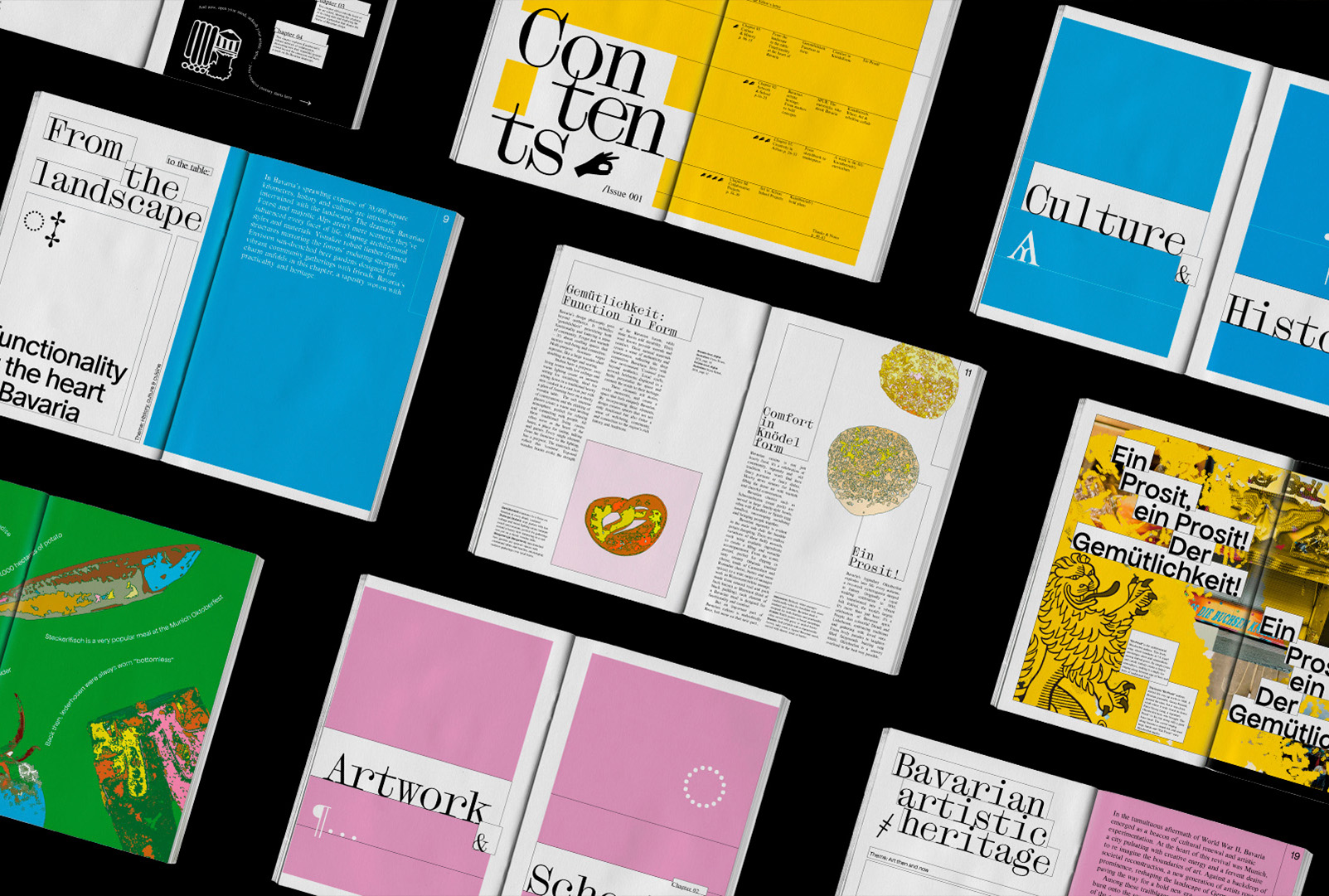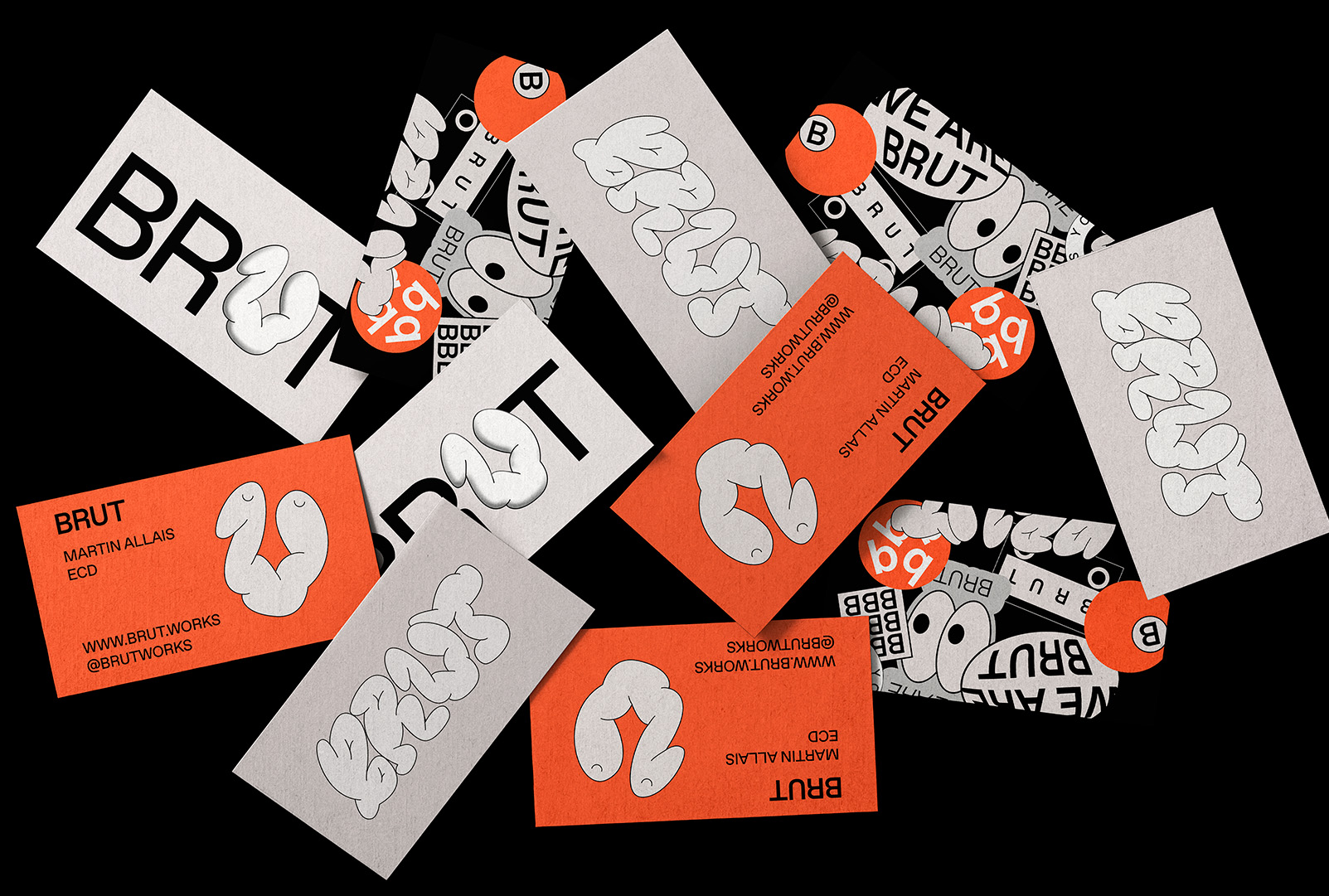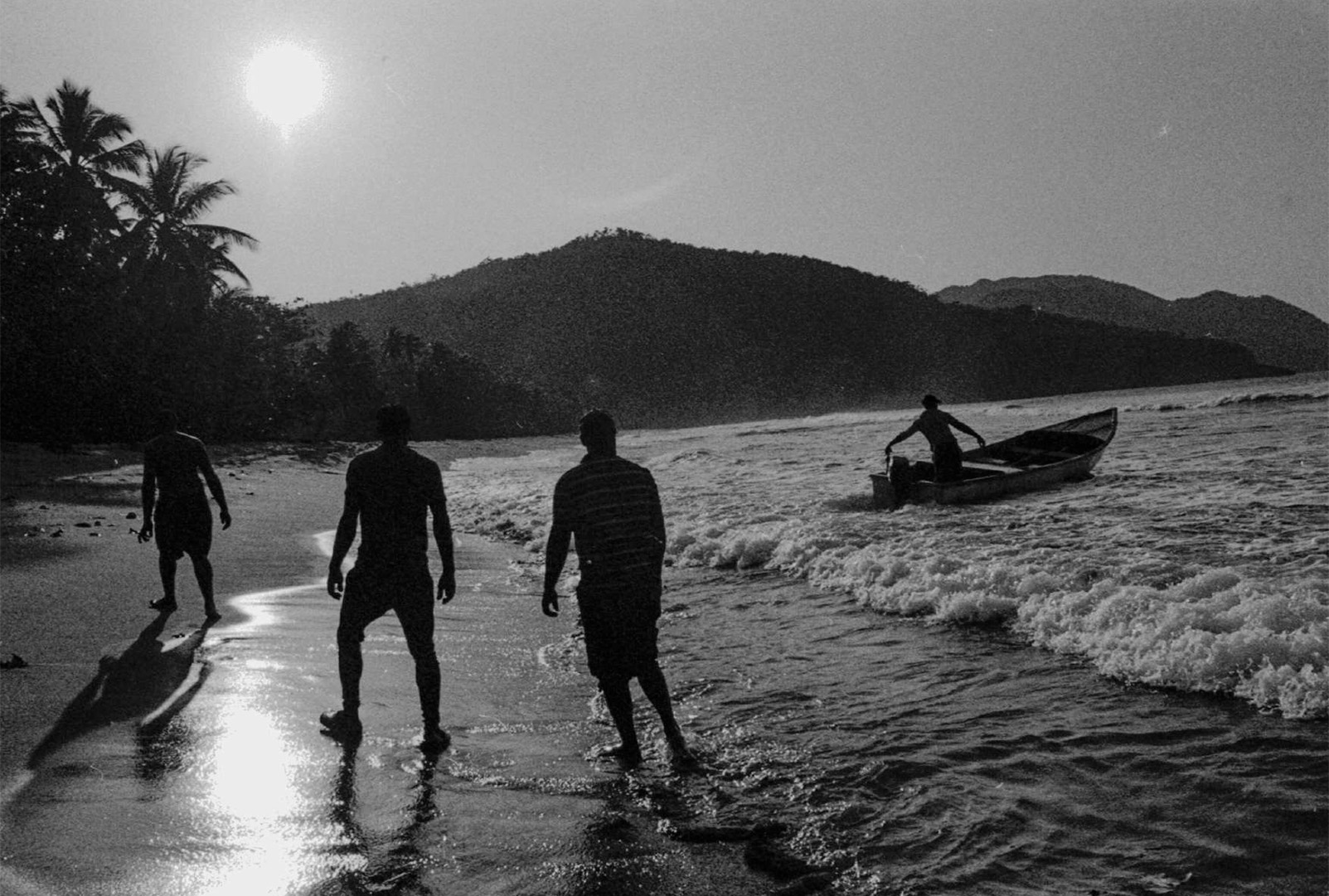“A photograph does not impose, it invites” – Dani Camacho, professional photographer and LABASAD student, in search of an honest image
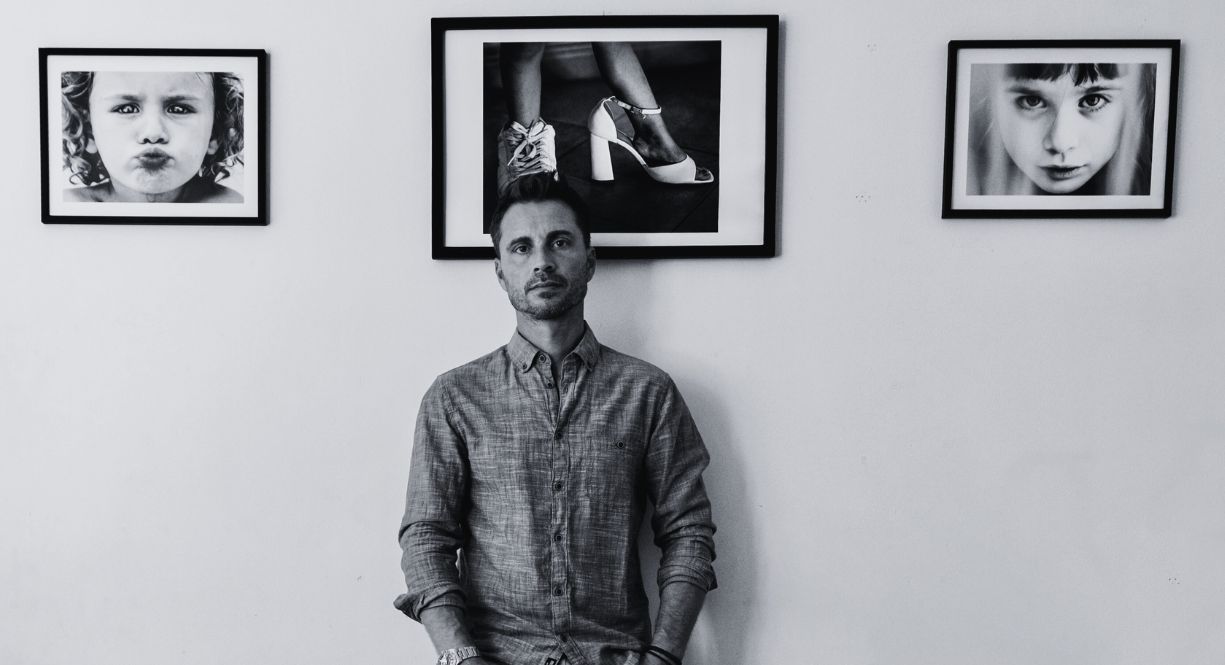
In this interview, we explore the authorial perspective of Dani Camacho, his creative processes and how LABASAD transformed his artistic evolution.
Dani Camacho doesn’t just take photographs – he builds them from an intimate, emotional and profound place. For him, the image is not an exact reflection of what is seen, but a way of translating what is felt. His work, delicate and honest, is the result of both a personal and professional evolution, where photography becomes a means of engaging in dialogue with the world.
Like many photographers starting out, Dani began with a very common concern: doing everything “right”. Light, composition, focus… at first, technique dominated his gaze. But over time, something changed. He stopped seeking perfection and began to pursue something much harder to define: the emotional truth of the image.
“I learned to look beyond the obvious: gestures, textures and atmosphere. Now I photograph from a more personal place.”
Technical skill, of course, is still present, but it is no longer the goal – rather, it is a means. Photography has become, for him, a tool for connection: with himself, with others, and with the reality around him.
Dani doesn’t seek the obvious, but what hides between the lines. His sensitivity leads him to notice the most subtle details: a gesture, a pause, a shadow slowly shifting.
His way of capturing what is felt but rarely expressed distances him from purely descriptive photography and places him in a profoundly poetic realm. His camera becomes a bridge between the outer and the inner world, between what is seen and what is sensed. This ability to narrate without words is what gives his work its strength and authenticity.
Two of his most significant projects, Mírame and Réalité, have been exhibited in both Madrid and Menorca. Although the series is the same, Dani decided to expand the exhibition in its second showing, incorporating new elements that deepen the dialogue with the viewer.
Mírame is a body of work built over a year, where each image is born from an internal question: “What do I want to say?” That question guides the entire process, from conception to final editing.
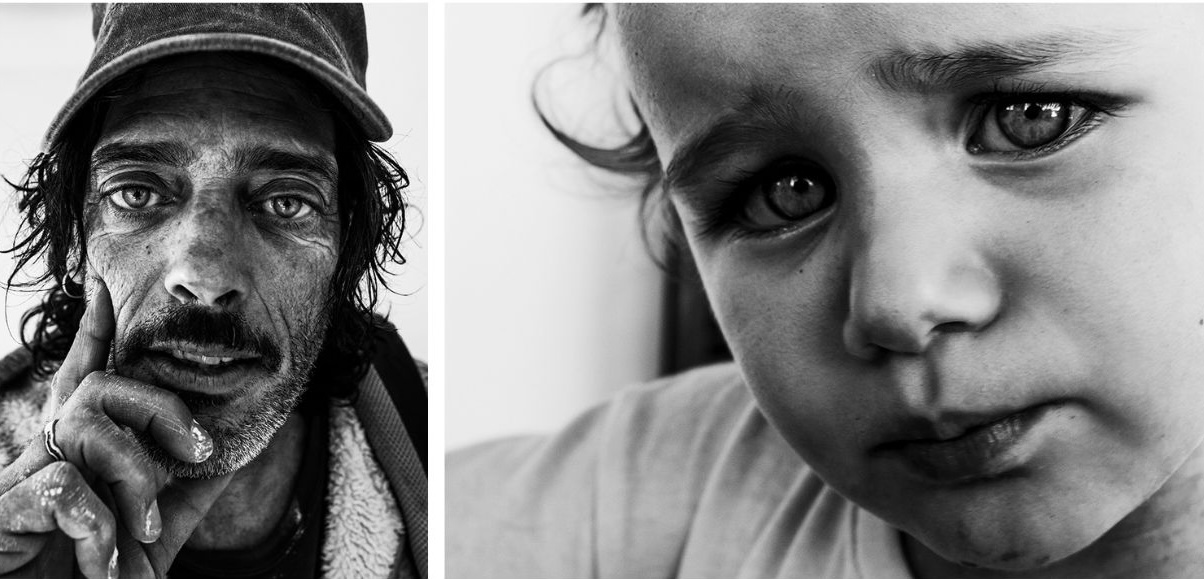
But if there is one project that has marked his personal and artistic path, it is Réalité. In it, Dani confronts his deepest grief: the loss of his brother in an accident. Turning that pain into image was not easy, but it allowed him to transform absence into memory, and sadness into tribute.
“Even today, when I look at that project, I cry. It’s the hardest and most meaningful I’ve done.”
Réalité is not just a series of photographs – it is an act of love and resistance. It is also the clearest example of how Dani uses photography not only as an artistic medium, but as a way to heal, to remember, and to move forward.
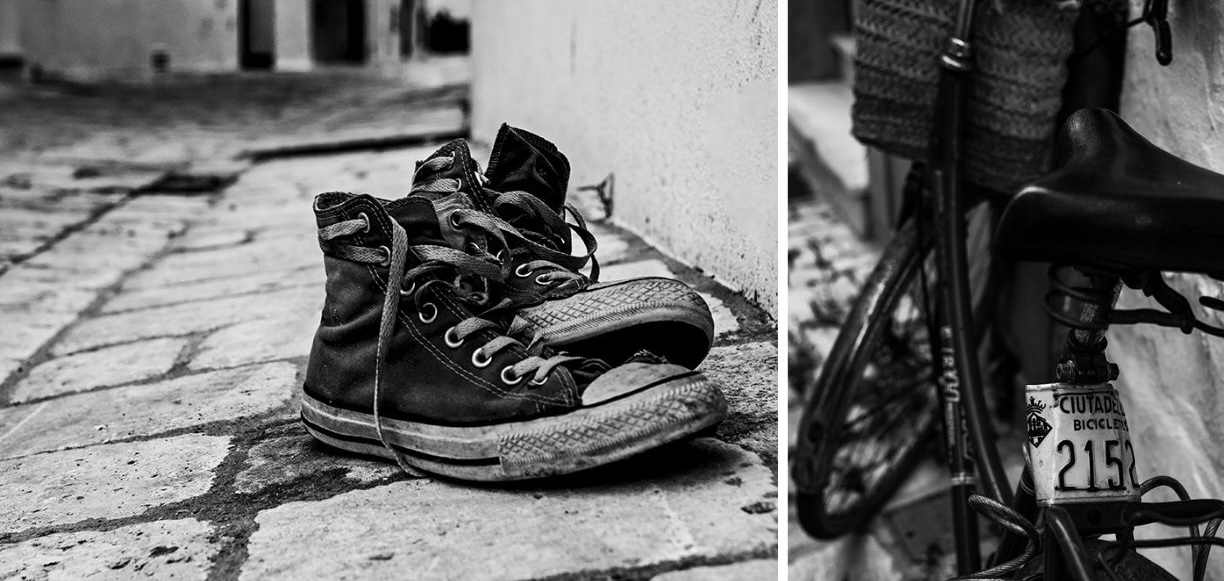
For Dani, photographing is a way of changing his relationship with what surrounds him. With both places and people, the act of looking through the viewfinder transforms the experience into something deeper and more lasting. “After taking a photograph, the memory is no longer just what happened, but how you experienced it,” he expresses.
This way of inhabiting the world — through attentive observation — is part of what makes his work so emotionally resonant. Each image is an extension of a lived experience, a shared moment, a shared silence.
Among his most important influences are names such as Alberto García-Alix or Zanele Muholi – artists who, like him, have turned photography into an exploration of identity and emotion. But beyond specific names, Dani acknowledges that the training he received at LABASAD was key to unlocking his potential.
He especially values the lighting course, which he considers the foundation of the kind of photography he wants to create: that in which light not only reveals, but suggests, envelops and transforms.
The decision to enrol in LABASAD’s Online Master’s in Professional Photography was no accident. It came at a pivotal moment in Dani’s life, when he felt the need to reconnect with what truly inspired him. And the experience, as he himself acknowledges, was transformative.
“Over time, I realised I wasn’t happy unless I was doing what I really love. Doing the master’s taught me so much and reignited my passion for photography.”
Although the online format was initially a challenge, he soon discovered it was also a great opportunity: contact with teachers and students from different parts of the world broadened his perspective and enriched his vision.
“Diversity was a learning experience in itself. It made me rethink my references, my methods, and my way of understanding image.”
Currently, Dani is working on a new project exploring the intimate spaces created between two people. A visual exploration of presence, silence and shared emotion, which promises to continue his delicate and reflective style.
And if one day he could carry out any project without limitations, he’s clear about it: he would portray the life of a musician, but from an unusual perspective. Not the stage, not the applause, but the moment before the sound, the gesture before the note, the silence that contains everything yet to come.
In a world saturated with images, Dani believes that what truly connects is not what is shown, but how it is shown. The difference lies in the intention, the honesty, the emotion from which the image is built.
“Today, more than ever, the viewer can sense when an image is born from a real need, from a genuine search. The photographs that stay with us aren’t the most perfect ones, but the most honest.”
And that is, precisely, the essence of Dani Camacho’s work: photography that does not seek to impress, but to invite feeling. That does not aim to impose itself, but to remain with the viewer.


